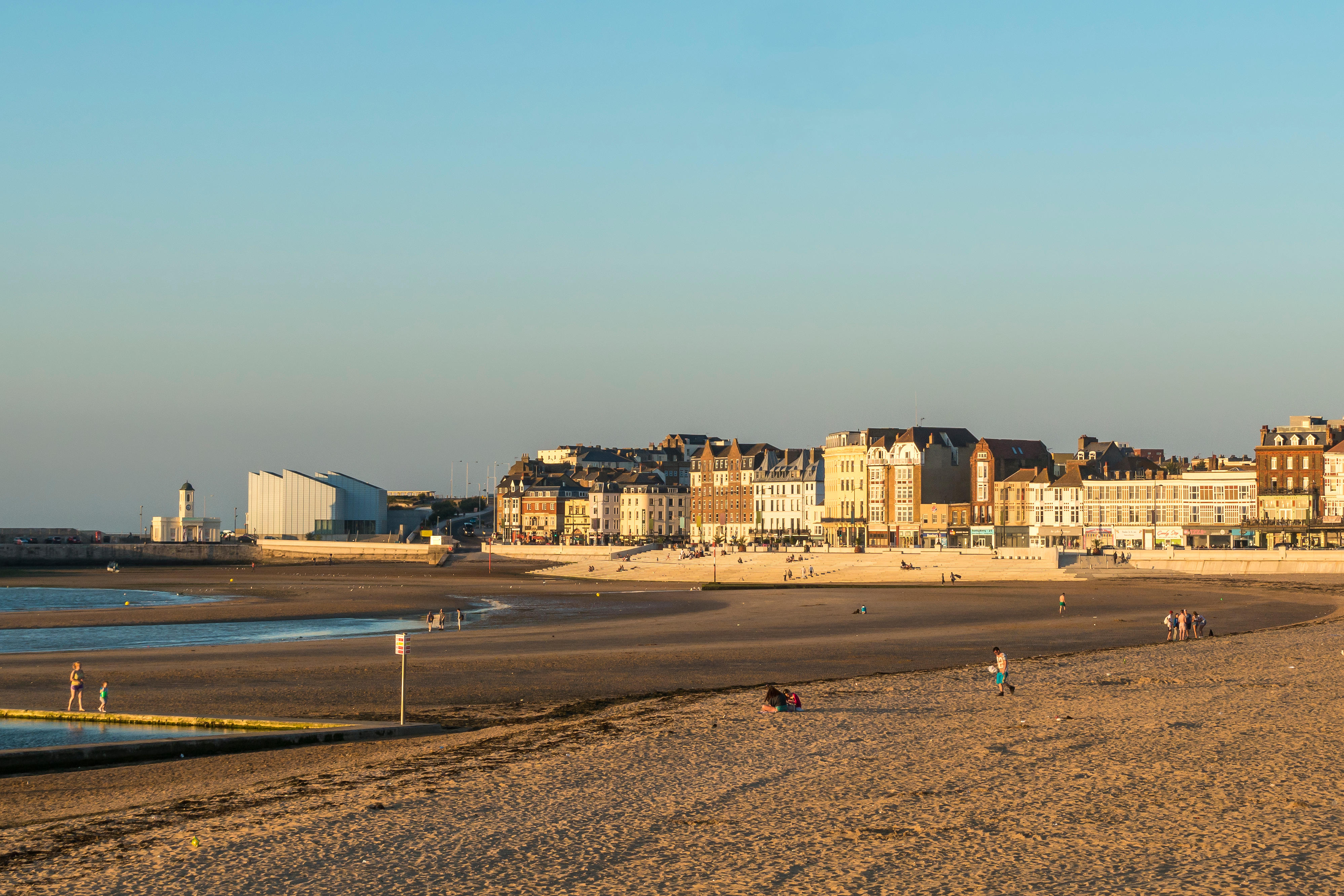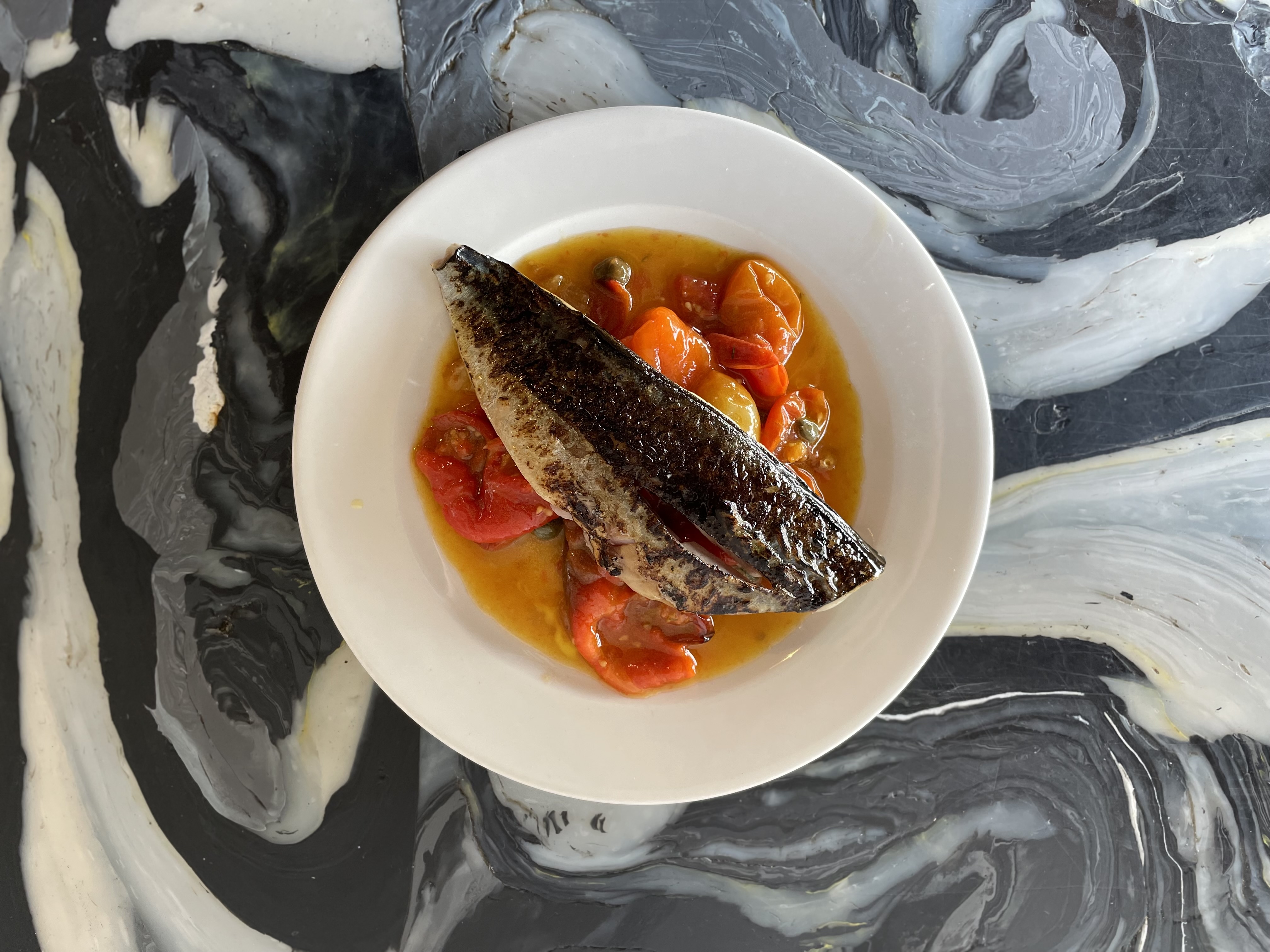It takes a while for your eyes to warm up to a new landscape. Often, when you arrive, it’s just a backdrop to the thoughts you brought with you.
So it was the other day, when I took a walk with Amy Concannon along the Suffolk-Essex border, eight miles southwest of Ipswich. She’s curating the big winter exhibition at Tate Britain this year, Turner & Constable: Rivals & Originals, which opens on November 27.
With the help of sketchbooks, preparatory studies and finished works, it will bring together the two leviathans of early 19th-century landscape painting. And it will give us a sense not only of their sharply contrasting lifestyles and (at times) eye-poppingly different art, but also those things that bound them together and drove their unrelenting pursuit of excellence. Important loans are on their way from the Frick in New York and the Cleveland Museum of Art in Ohio — and I for one cannot wait. So when the Tate invited me to explore their old stomping grounds, starting with Constable’s in the Stour Valley, I jumped. It sounded like the perfect prequel.
What you need to knowWhere is it? In the Stour Valley, on the Suffolk-Essex border — and in Margate, on the Kent coast.Who will love it? Anyone with an eye for art and a taste for busy weather.Insider tip On summer weekends Constable Country fills up with paddleboarders and picnickers as well as art lovers. So head west from Dedham, instead of east, for a quieter riverside walk, as the Stour wiggles towards Stratford St Mary.
But it took me a while to adjust as we set off from the village of Dedham, heading towards Flatford Mill. I was too full of questions about the mechanics of setting up a big London show. How nerve-racking it is to handle such revered objects. How you work out where to hang them. What colour to paint the walls. For the first half an hour I barely noticed my surroundings.

The Hay Wain by John Constable, 1821
ALAMY
Then a patch of sunshine rode in across the valley on the back of a freshening breeze — and lit up a nearby willow. Hang on a minute, I thought. I know that sage-green flickering of the leaves. I know this blaze of light skimming over the grass. I knew them because Constable showed them to me 35 years ago, when I first laid eyes on The Hay Wain in the National Gallery. They’re on the right-hand side of the painting, drawing your eye away from the cart towards the middle distance. And there, in a pool of sunshine, just like this one, is a team of harvesters, scything the grass.
Concannon noticed it too. “Constable was always trying to capture what this feels like,” she said as we walked on, “with a busy sky above you and a sense of movement and change in the light. And this is where, for much of his career, he framed such moments.”
Turner’s East Anglian backyard
To prove it, she and her colleague Emma Roodhouse walked me through what was effectively his backyard. Between 1819 and 1825 this is the landscape he presented to his contemporaries in a series of giant canvases exhibited at the Royal Academy in London. Known as his “six-footers”, they proved to be the making of the valley as well as the man. By the 1830s it was already known, by some at least, as Constable Country.

The White Horse by John Constable, 1819
The wonder of it is its size. This tilted triangle of rural East Anglia is tiny. It runs a mile from Dedham to Flatford Mill beside the River Stour, then climbs uphill to East Bergholt, before dropping another mile back down to Dedham. This was the landscape of Constable’s youth, and from the age of 17 he was busy trying to capture its likeness.
“I should paint my own places best,” he later declared in a letter to his friend John Fisher. And for more than 20 years he was at it, on and off, with drawings, watercolours and, increasingly, the loose and vivid oil sketches that informed his six-footers. In the same period Turner was travelling all over Britain — and conquering its art market in the process. But in the long run Constable’s devotion to this one place had almost as big an impact. It still resonates today. According to the National Trust, more than 200,000 people a year visit the buildings it preserves at Flatford Mill.
Needless to say, it’s best seen on a day of sunshine, with a little wind in your hair and the clouds painting piebald patterns across its meadows.
Discovering Turner’s Margate
Margate, by contrast, is the place for storms. At least it is if you want to tune into Turner’s art. And that’s where we headed next, because despite his reputation as an inveterate traveller, this seaside town was a key reference point. In 1786 he was sent to school here. By the early 1790s he was in love with a local girl, Elizabeth White (who, in 1796, chose a builder for her husband instead of him). And from the 1830s it’s where he formed a close and intimate bond with Sophia Booth, the owner of a seafront boarding house.
It was here, too, that the sea became his principal subject. He’d always loved its sense of drama. One look at the dynamism of his Shipwreck of 1805 — which hangs in Tate Britain — will tell you that. But as Concannon told me when we arrived, “In the 1830s and 1840s he became more obsessed with the sea, and in particular with churned-up, aggressive and ominous seascapes.”

Margate’s shoreline was a key reference point for Turner
ALAMY
There’s a preparatory oil sketch hanging here that perfectly illustrates her point. Waves Breaking on a Lee Shore at Margate is on show at Turner Contemporary, the modern art gallery that stands on the site of Mrs Booth’s boarding house. It’s on loan from the Tate until April 2026, and with its glowering grey sky and its heaving, peaking flecks of white it’s less interested in the visual details of a gathering storm than its sense of tumult.
Even so it’s not hard to find the spot he framed with this study. It must surely be on the beach at the far end of the Rendezvous promenade, a couple of hundred yards east of the gallery. And if bad weather is blowing in across the sea from Essex the scene will be instantly recognisable. Even if it isn’t, anyone who thrills at those moments when Mother Nature shows her teeth will know what he’s driving at. He’s feeling the scene as much as painting it.
Does that remind you of anyone else’s work? It should, because Concannon believes that this sensitivity to the entire sensory experience of a scene was something that united Turner and Constable. “Yes, they often did very different things with similar subjects,” she noted as I gazed greedily at Turner’s troubled sea. “But beyond the look of a place they were both interested in something more evanescent — a sense of its atmosphere, its energy and its mood.”

Waves Breaking on a Lee Shore at Margate by JMW Turner, c1840
Where to stay on your trip
If you’re looking for a little atmosphere and energy in your own wanderings over the next few months, you’d do well to follow in their footsteps. I’d book Margate now, in consultation with a mid-range weather forecast, for the best chance of sea spray and tumult. Afterwards take refuge in one of the pale and plush bedrooms at No 42 by Guesthouse, right on the seafront (room-only doubles from £135; guesthousehotels.co.uk), and feast on fish at Dory’s restaurant nearby (sharing plates from £4; angelasofmargate.com).

Feast on fish at Dory’s restaurant overlooking the Margate seafront
Then, in early summer next year, head to Constable Country, when it’s once again flushed with green and the elderflowers are out — just as they are in The Hay Wain. Overnighting in one of the comfy and creaky bedrooms at the Sun Inn is sure to deepen the pleasure. So too will squadrons of clouds, billowing in from the southwest.
And if you need to warm up your eyes beforehand, Turner and Constable will be standing by at Tate Britain.
This article contains affiliate links that will earn us revenue
Sean Newsom was a guest of the Sun Inn, which has B&B doubles from £185 (thesuninndedham.com), and Tate Britain, where Turner & Constable: Rivals & Originals runs from November 27 to April 12 (£24; tate.org.uk)

